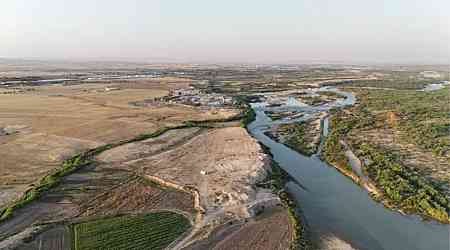The James Webb Space Telescope (JWST) has identified five potential galaxies that may date back to approximately 200 million years after the Big Bang, placing them among the earliest ever observed. Located roughly 13.6 billion light-years from Earth, these galaxies could provide crucial insights into the universe's infancy if validated through further research. The findings, reported on the preprint server arXiv on November 26, are yet to undergo peer review.
Earliest Glimpses of Cosmic Dawn
The discovery was made as part of the Galactic Legacy Infrared Midplane Survey Extraordinaire (GLIMPSE) project. The researchers published their findings November 26 on the preprint database arXiv. Reportedly, the research team utilised gravitational lensing, a phenomenon predicted by Albert Einstein's theory of general relativity, to magnify light emitted by these ancient galaxies. A galaxy cluster, Abell S1063, acted as a cosmic magnifying glass, allowing the JWST to capture the faint glimmers of these distant celestial structures.
Unlike the Hubble Space Telescope, the JWST can detect light in the infrared spectrum, enabling it to observe the universe's earliest epochs. By capturing redshifted light stretched by the universe's expansion, researchers aimed to push the telescope to its observational limits. The data collected could test prevailing theories of galaxy formation and offer insights into the rapid assembly of matter during the cosmic dawn.
Implications for Astronomy
As per sources, if confirmed, these galaxies would predate the previously earliest identified galaxy, JADES-GS-z14-0, by about 90 million years. Researchers suggest that the proximity of these candidates within the same region hints at the possibility of discovering more galaxies from this era. The rapid formation of such structures has led astronomers to consider theories involving early supermassive black holes, supernova feedback, or the potential role of dark energy.
The findings underline the transformative capabilities of the JWST in exploring the universe's earliest moments and its potential to reshape our understanding of cosmic history.
































